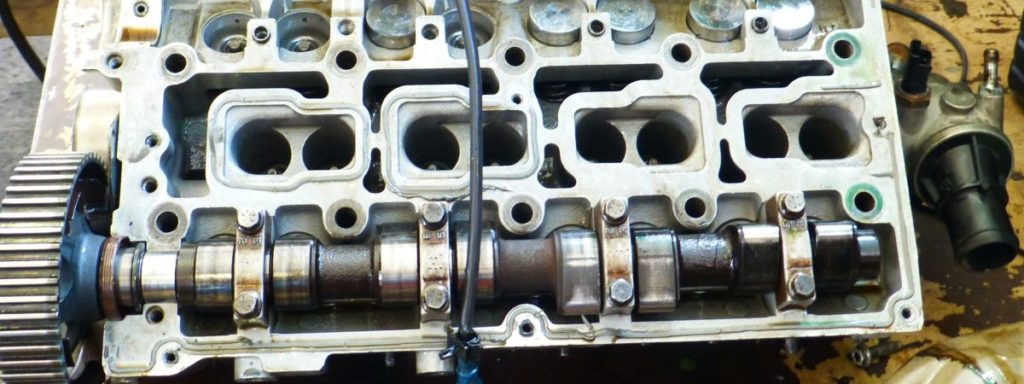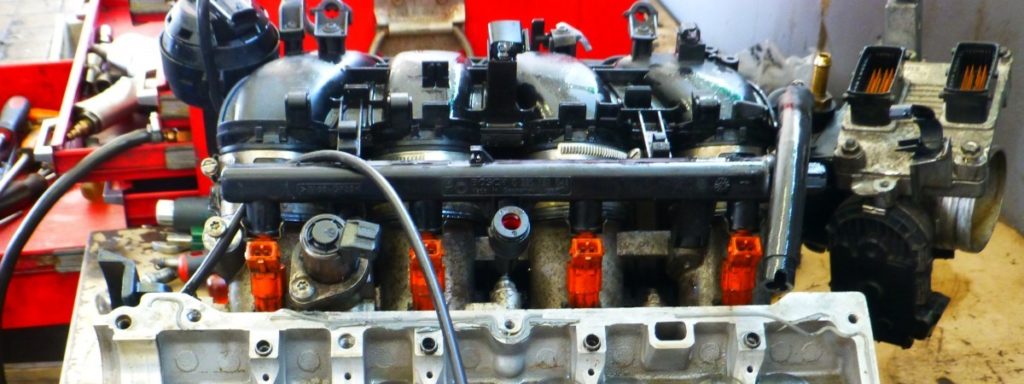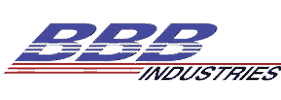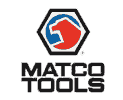Learn How Supply Chain Visibility in the Automotive Aftermarket Can Help

Much like traveling down a foggy road, a lack of visibility can cause many unforeseen issues. Deer crossing the road, stalled and slow-moving vehicles, or in this case, automotive parts supply chain shortages, to name a few examples. Visibility is important, we can’t help you with the foggy road but supply chain visibility in the automotive aftermarket is our niche.
Auto parts supply chain shortages have been an ongoing issue for the past 2 years. We consistently hear that manufacturers don’t have the materials they need to make the auto parts they sell and that distributors and warehouses have no auto parts to ship. Aftermarket accessories are facing the same issues on new and used vehicles. This is all interesting and not exactly news but can something be done or is there a way to ease the pain of this auto parts inventory shortage?

This blog will address the following questions about supply chain visibility in the automotive aftermarket and how it can help alleviate the current supply chain issues that so many warehouses and distributors are currently facing:
- Why is the aftermarket supply chain unique in what it does and how it performs?
- What are the factors contributing to disruption and where is the pain felt?
- What is supply chain visibility and how can it address disruption and increase sales?
- What are the key ingredients in proving supply chain visibility?
Why is the automotive aftermarket supply chain unique?

The automotive aftermarket supply chain is a complex network of manufacturers, remanufacturers, importers, suppliers, and distributors who make millions of unique parts available for hundreds of millions of vehicles anywhere and anytime they are needed – most of the time. Delivering on the promise of “any part, anywhere, anytime” has been much harder to deliver in the pandemic era due to due to supply chain issues starting with access to raw materials.
Even before the pandemic, a global shortage of microchips was affecting auto and truck production and vehicle sales were beginning to slow. Covid restrictions forced factories to close or restrict business practices for a time and stay-at-home orders decreased vehicle use and demand. In a matter of months, the automotive industry began to spring back – but the damage had been done. New vehicle production and consumer demand were down. Prices were up for new and used vehicles. Consumers held on to their existing vehicles and the average age of the US vehicle fleet reached 12 years old according to IHS Markit (www.ihsmarkit.com).
What are the factors contributing to the disruption of auto parts supply?
Unprecedented backlogs developed in raw material supply chains and container ships were held waiting at major US ports for clearance. Factories and distribution centers were low on staff for health and safety reasons as well as personal financial considerations. Because of this auto parts couldn’t get manufactured and distributed at the volume needed to keep up with the growing demand.
Manufacturers were heard to say, “I have shortages in raw material, laborers, and everything except demand.” Retailers and distributors lament the additional sales they could make if only they could get all the products they ordered. “It takes longer to get here and the order fill is much lower than pre-pandemic”. So even when orders arrive, distributors would receive 30-40 parts of an order for 100. Only being able to fill 40% of your orders may not be able to be helped but it still doesn’t make for happy customers.
Simply put, the aftermarket supply chain is seriously disrupted, and traditional sources of supply are failing to keep up with demand. In a recent survey of 500 automotive service shops, IMR (www.automotiveresearch.com) reported that 50% of auto parts shops report frequent disruption to their auto parts availability and 34% report the disruption as occasional. Previously, IMR reported that 50% of shops find it necessary to shop for parts online, and online purchases account for 10% of their total purchases
What is supply chain visibility?

The aftermarket supply chain is unique in providing vehicle fitment-specific parts for anything from the newest model to roll out of the showroom to the repair parts for vehicles manufactured 50 years ago and more. Not to mention the ability to search for these different vehicle fitment auto parts in a variety of ways.
The expectation of consumers has always been that no matter what part their car needs, their mechanic can have it in the shop in under an hour. That promise of unlimited availability is under pressure and impossible to fulfill if the shop limits its source of supply to a couple of preferred brands and a handful of first-call retailers.
However, the vast network of automotive parts suppliers can still serve the needs of consumers and their service providers thanks to the diversity of brands, nationwide coverage of distribution, and the strategic application of technology that can create “endless aisles of auto parts.”
This is especially applicable to online commerce. Buyers expect to have visibility to all products in all categories and all brands when they shop online. Manufacturers and distributors need to supply inventory availability data frequently throughout the day. Catalog and point of sale systems can look up an application for a vehicle one time and interchange similar parts across many brands instantly. This makes the power of eCommerce a must-have to stay competitive in the automotive aftermarket.
The Reality of Auto Parts Inventory
The reality, however, is that a distributor of Brand X parts only carries in inventory the part numbers with a reasonable chance of selling in their service area within a finite time (3 times per year or once per quarter, for example). The majority of the SKUs available from the manufacturer – the brand new product introductions and long-tail parts that fit vehicles out of their prime – are only available from factory distribution for drop shipment. This is where supply chain visibility in the automotive aftermarket coupled with a system that communicates between manufacturers and distributors comes in handy. That part that seems to be out of stock everywhere locally can be drop shipped to the address of the parts store or the end-user, quickly and efficiently.
What are the key ingredients in proving supply chain visibility?

Solutions exist in the aftermarket today that allow consumers and professional shops to search for parts across the country. But, the most complete solution to disruption in the supply chain is for manufacturers to provide an inventory backstop for their distributors and drop ship the products that are not in stock anywhere else.
GCommerce’s Virtual Inventory Cloud solution enables retailers and distributors to quote availability and capture sales for auto parts they do not have in stock.
Is There an End in Sight for the Auto Parts Inventory Shortages?
The current disruption in the automotive supply chain will resolve itself in the next year or two. But the need for end-to-end visibility and collaboration in the supply chain will continue and grow as long as auto parts inventories and the vehicle population also grow. To find out how GCommerce can help you stay connected with the most up-to-date inventory in the automotive aftermarket contact us at (515) 218-1975 today.





























